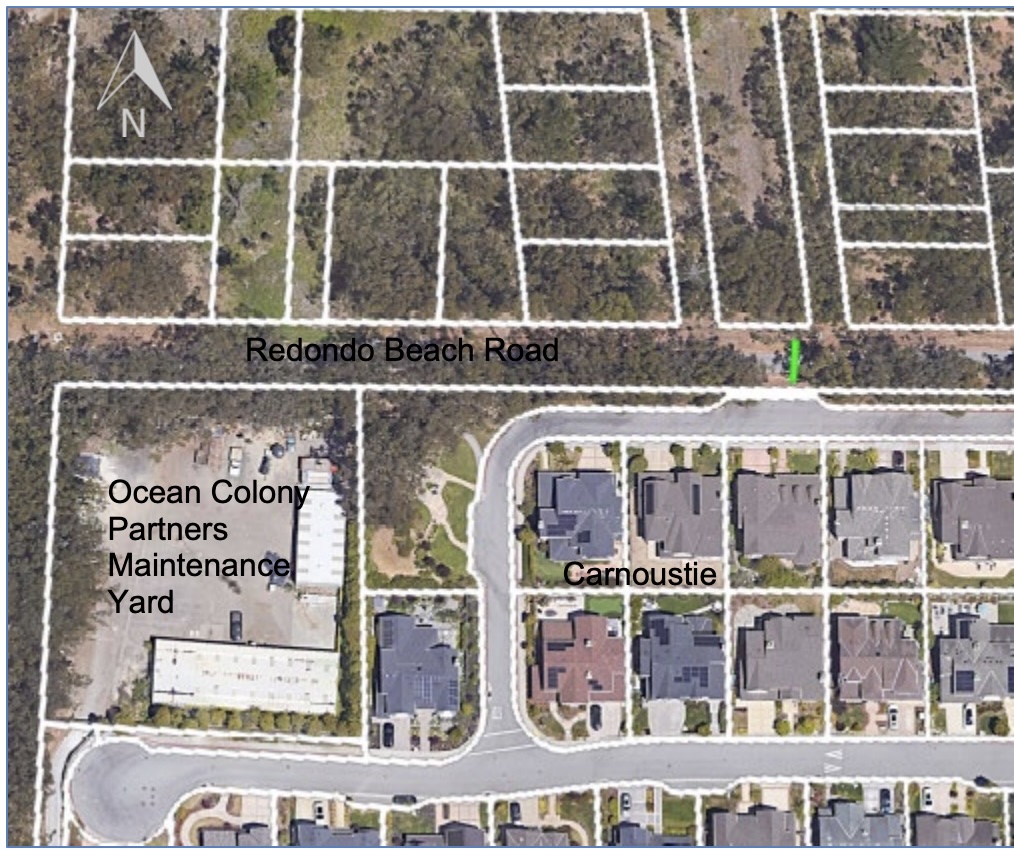|
Getting your Trinity Audio player ready...
|
OWN VOICE. ~ InPerspective by Gregg Dieguez —
I know you’ll be as shocked as I was to find a City Council putting Real Estate interests ahead of those of their current residents and voters. Then again, maybe you’ve noticed the Undue Influence of the Real Estate industry around here. But this example is particularly perverse, damaging our shared infrastructure for the benefit of people who don’t even live here yet, and profiting Real Estate interests at the same time.
Footnotes: to use, click the bracketed number and then click your browser Back button to return to the text where you were reading.
Images: Click to enlarge for improved readability in a new window.
Did we just overlook a tax increase? The San Mateo City Council’s idea to waive or reduce impact fees in order to encourage more Affordable Housing (and more 9% Real Estate Investment Tax Credits for the Wealthy!) is going to starve essential schools, public works and other services of critical funds for their already-failing infrastructure. And I leap to that conclusion because: a) public works and schools are notoriously underfunded and crumbling in both facilities and infrastructure, and b) there is no financial analysis presented which shows that those agencies would NOT be harmed by this cutback in their funding.
To avoid being parasitic, New Joiners should be paying their fair share of the infrastructure they’re joining, so that those agencies have the reserves required to expand or replenish assets to cope with the population expansion. Nationwide, and here, it’s clear that schools, services and public works are severely underfunded. Local public works, for example, typically base their connection fees on only a 5 year capital improvement planning horizon – overlooking the looming replenishment requirements of 80 year life assets that are now 60 years old. By waiving or reducing those already insufficient impact fees, the San Mateo City Council is passing those future costs onto rate and tax-payers who must make up an even larger deficit in the future, likely by borrowing and paying for BOTH the capital required in addition to borrowing costs. This Council decision is another example of an inter-generational wealth transfer like the Climate Crisis or Unfunded Pension Liabilities, kicking the costs onto future generations, and making them HIGHER by adding borrowing expenses, instead of having those requiring the assets today sustainably fund them as they use them.
It is actually surprising, given the 9% Investment Tax Credit on Affordable housing that there is a problem creating it. That credit almost doubles the ROI for those projects compared to typical real estate rental returns – if you have the wealth of other income to benefit from the tax credit. There’s been an entire industry doing Real Estate Syndication on this premise for over 50 years[1]. It’s been a massive success as an example of a social program combined with financial market incentives. So why isn’t affordable housing easy to fund and build? Perhaps the returns are even greater on other investment-owned housing, which explains why two-thirds of LA housing is owned by investors[2]. In either event, my point is that those developers and their investors are making a lot of money, and there’s no reason – well, except for power and greed – that I can see justifying making residents and taxpayers further increase their profits. That, and maybe that the council members in San Mateo are unduly influenced by Real Estate interests…
Perhaps also, there’s no such thing as “affordable housing” here, after you factor in the cost of infrastructure, power from a failing utility, and extra water which will cost 5 to 10 times current rates in drought years. Which might be every year. Perhaps there’s no ‘affordable housing’ if you only make $15/hour, and THAT’S the real problem.
There’s a lot more to analyze regarding the housing, affordable housing, sustainability, and long term affordability issues here in drought-threatened California. Could it be that the extra housiunits we’ve been so furiously building are used for short term rentals? And that those ‘vacation’ rentals are offsetting the costs of home ownership for many here on the Coast? What is clear is that the impact fees currently charged are already insufficient to sustain the infrastructure we depend upon.
The Real Estate industry just wants more profits from construction and from selling more “inventory”. It doesn’t care about your cost of living or quality of life, as long as it profits. As a recent example, we know that the regional housing goals set by ABAG totally IGNORE the Bay Delta Plan drought water cutbacks looming in the Bay Area. We know this because BAWSCA, our regional water supply agency, just filed a comment on ABAG’s EIR pointing out the sticky fact that we might have 50% less water in drought years.[3]
One can debate whether San Mateo should continue to advance toward a Manhattan lifestyle or remain a family suburb with backyards. One can ask why taxpayers are subsidizing affordable housing for workers – when investors and businesses profit from the projects and from the workers who will live there. One can wonder why businesses don’t pay enough for their workers to afford housing, or even provide that housing for their workers. But clearly this San Mateo Council decision would be a tax increase on current voters for the benefit of others. Why is there no vetted[4] fiscal sustainability analysis demonstrating the long term costs and benefits of this decision? Doesn’t the Council have a Fiduciary Responsibility to the voters?
Aren’t tax increases supposed to be on the ballot? Is this even legal?
FOOTNOTES:
[1] Money Can Buy You “Love”
Packaging apartment and office complexes with affordable housing, and selling “shares” of the rental returns and the tax credits to investors (like a REIT) has been very good business. One of my college roommates got into this business on the ground floor. In fact, I swear he’s the guy who invented the guilt-trip term NIMBY. He’s got a nice house in a tony Boston suburb, another one near Tanglewood (the summer home of the Boston Pops), and for the occasional golf outings, one on 17 mile drive in Pebble Beach. Rumor has it that financial motives drive the principles of the principals of the $2 billion ‘non-profit’ MidPen Housing, which is behind the Moss Beach / Cypress Point development. Nothing like the profit motive to make you socially conscious.
[2] Where has all the housing gone?
Page 6, UCLA Vacancy Report: “The power of finance, which has brought 67% of the city’s residential units under its control, is also manifest in the ability of speculative developers to remake neighborhoods to fit their own vision.”
“The Draft EIR fails entirely to account for how the water shortages anticipated from the Bay-Delta Plan will accommodate the proposed Plan’s anticipated increased population and housing, or the resulting impacts from insufficient water supplies.” Page 3, BAWSCA Comment Letter – Plan 2050 Draft Environmental Impact Report.
It means with the financial analysis reviewed and agreed by experts who have no financial interest in the decision. Thus, a watchdog group independent from our local governments.
More From Gregg Dieguez ~ InPerspective
Mr. Dieguez is a native San Franciscan, longtime San Mateo County resident, and semi-retired entrepreneur who causes occasional controversy on the Coastside. He is a member of the MCC, but his opinions here are his own, and not those of the Council. In 2003 he co-founded MIT’s Clean Tech Program here in NorCal, which became MIT’s largest alumni speaker program. He lives in Montara. He loves a productive dialog in search of shared understanding.






